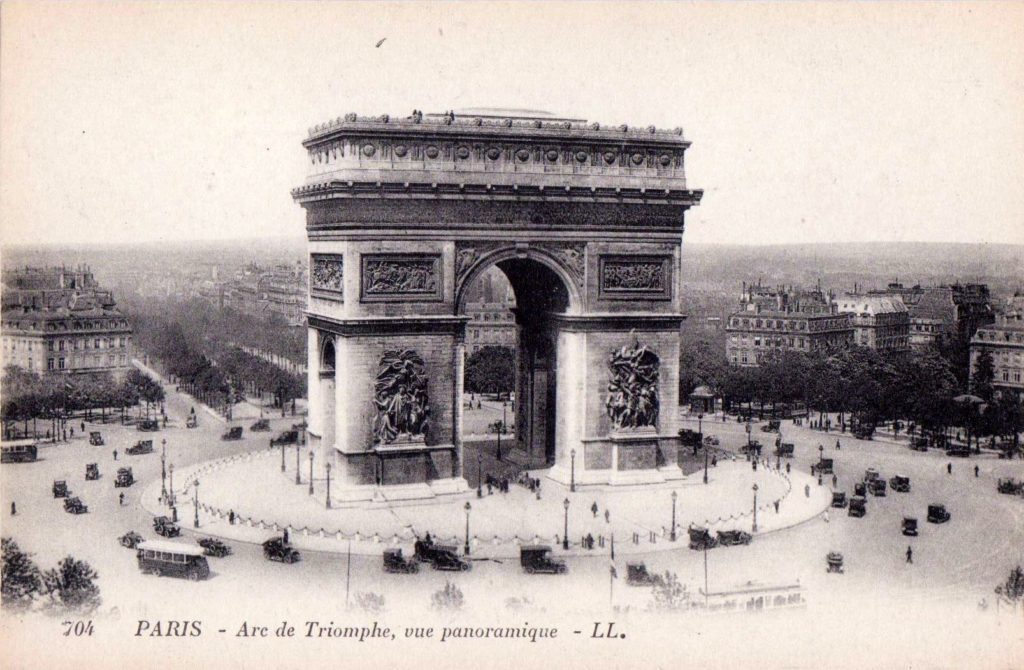As I continue to drink my way through history, the similarities between what the author’s of these vintage cocktail books were experiencing and our current day political climate is not lost on me.
Shortly after putting together my piece on the Champagne Cup, the terrible events that transpired in Charlottesville, Virginia over the weekend lead me to bone up on my knowledge of the Civil War.
Reading through the timeline of historical events from that period, it donned on me that one of the oldest recorded cocktail manuals (one I’ve become well acquainted with) was written and published during the Civil War.
Jerry Thomas first published his ‘Bar-tenders Guide’ one year into the war. While I had this picture in my head of Jerry’s fun loving flair-filled bar; the man who created the Blue Blazer was actually living in very chaotic times. I wonder if Jerry’s dedication to crafting his cocktails with flair was an attempt to help his patrons take their minds off what was going on outside the bar? A fun distraction rather than simply drinking your sorrows away.

This political cartoon published in Britain’s Punch Magazine on July 26, 1862 shows our 16th President, Abraham Lincoln, performing Jerry Thomas’ signature Blue Blazer Cocktail. Turns out President Lincoln was a bartender before getting into politics.
It seems that many of the cocktail books I’ve been working from were printed during a time of political turmoil. Hugo Ensslin, Tom Bullock and Jacques Straub’s cocktail books came off the presses during the first World War. This copy of Mr. Boston’s I’ve been making my way through was released in 1935, the middle of the greatest economic depression in U.S. history. Last but not least, Harry Craddock, who had fled the United States during Prohibition, wrote his Savoy Cocktail Book in London during 1930, two years before the Volstead Act was repealed.
If all of these drink guides were originally intended to educate fellow bartenders, does that mean that trouble times spurred increased demand on skilled mixologists? Maybe like me, the author’s of these great cocktail books simply found comfort in focusing their attentions to something that helps make others happy during times of uncertainty. I know that my daily cocktail writing is helping keep my mind off the craziness of the last year and it isn’t just because I get to drink my way through it 🙂
Tonight’s recipes from Mr. Boston’s book, the Champagne Punch and Champagne Velvet Cocktail, are way to similar to the Champagne Cup and Black Velvet recipes we’ve already tried. With that, I decided to skip both in favor of the Champs Elysees Cocktail.
One can only assume that the Champs Elysees Cocktail was named after the famous Parisian street where the Arc de Triomphe stands which was commissioned by Emperor Napoleon Bonaparte, and completed between 1833 and 1836. Nearly 100 years after its resurrection, Harry Craddock paid homage to the street with his Champs Elysees Cocktail.

Arc de Triomphe. Postcard, c.1920. Publisher: Lévy et Neurdein réunis. Paris.
The recipe shown in both the Savoy Book and Mr. Boston’s 1935 manual incorporates two distinctly French ingredients Cognac and Chartreuse. However, the books cannot agree on the ingredients quantities.
For the first time, Leo Cotton appears to have downsized one of Harry’s recipes rather than simply publish it as written.
While Mr. Craddock’s built his Champs Elysees Cocktail to serve 6, Mr. Boston’s version is meant to be enjoyed by one in a 3 ounce cocktail glass. Oddly enough, the proportions of each ingredient don’t seem to match between the two books. For the sake of trying the original R/X, I decided to reformulate this recipe based on the original publication so that we can try it as it was intended… more or less.
My Champs Elysees Cocktail consisted of:
- 1 ounce Cognac
- 1/3 ounce Chartreuse
- 1/2 ounce lemon juice
- 1 teaspoon powdered sugar
- 1 drop of Angostura Bitters (this was tricky because both recipes call for a dash but the Savoy recipe needed all other ingredients scaled back by 1/3)
I had hoped that our bottle of green Chartreuse had lost some of its fishy Calamus Root flavor, but it wasn’t meant to be. Unfortunately, that oceanic essence impeded the cocktail and aside from the overtly tart lemon juice, the Cognac was no where to be found. Ryan upped the sugar by adding a second teaspoon of simple syrup. The extra sweetness helped, but the Champs Elysees still was not my favorite cocktail of all time.
In the hopes of redeeming the cocktail, I insisted on mixing up another with 1 ounces of the rare Mandarin Napolean XO we received at Tales in lieu of the Cognac. I think that the orange notes of the Napolean helped but still that darn Calamus took over the drink.
Given the dislike both Ryan and I have for the green Chartreuse bottle we have, a redo of the Champs Elysees is not likely in the cards. Hopefully a few years from now, that Calamus Root flavor will die back and make it possible to enjoy those $50 bottles. Until then, we’ll have to wait.

